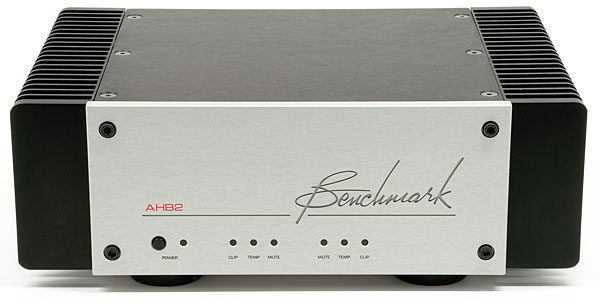| Columns Retired Columns & Blogs |
With my first office system I had no noise at idle but substitute the Klipsch Hersey's from my home system and I could hear noise at idle.
My office is pretty quiet. Currently 36 to 39 dB with a "river" running underneath it. Without the river at night 24 to 28 dB.
Last year an acquaintance brought his Brenchmark DAC and Amp in with Joseph Audio Pulsars. We noticed and then measured a small difference in the dynamic range of his system and mine. So good job.
John, I'll take "Down in Hollywood" exactly as the 3M machine recorded it. See you Friday.











































